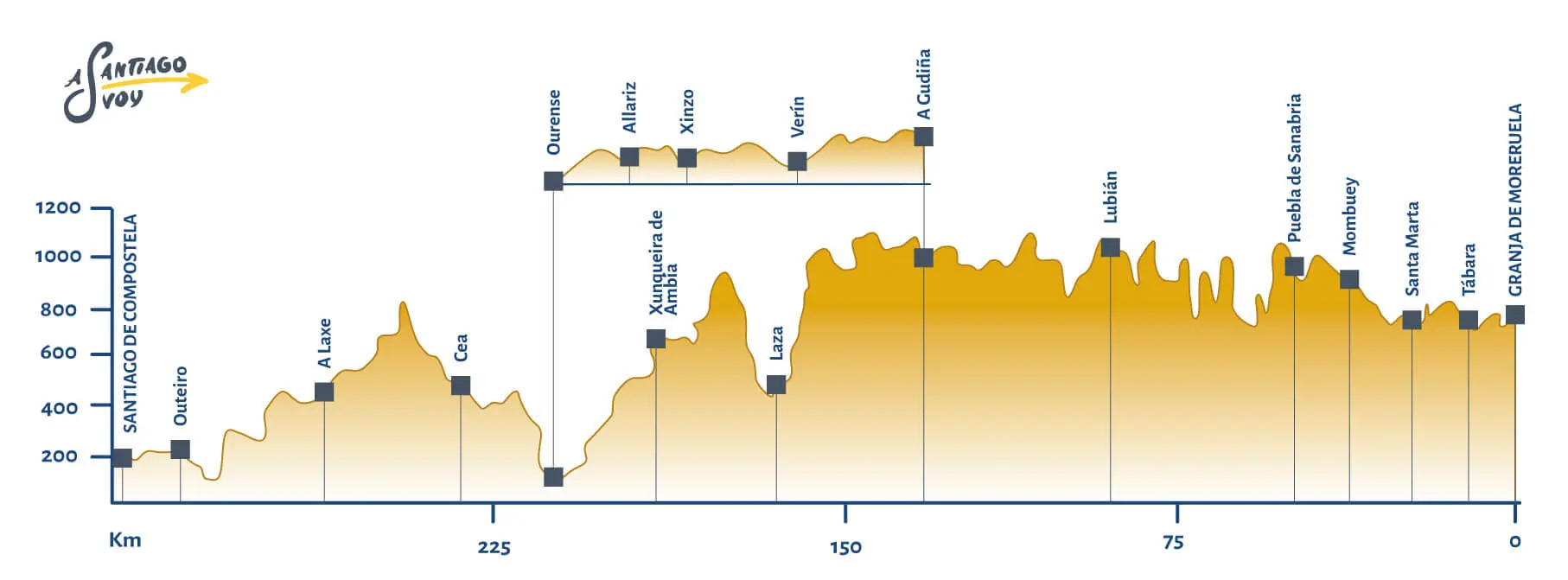
The Sanabria Way
For those pilgrims who want to know more about Spanish monasteries during their route, without having to choose between them and the most beautiful natural landscapes, the Camino Sanabrés is the ideal option. Whether your starting point is the province of Zamora, or if your intention is to walk the Vía de la Plata, here you have the ideal alternative to the crowded last stages of the French Way.
To know more about the Camino Sanabrés, here we explain its origins as well as its different stages, so that you can plan this experience well in advance. Let us follow you on your way!
Image: Santa María de Moreruela



